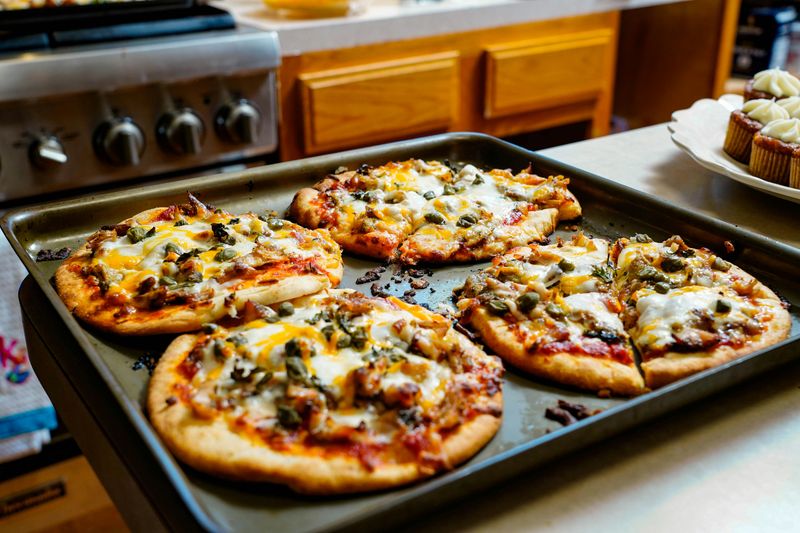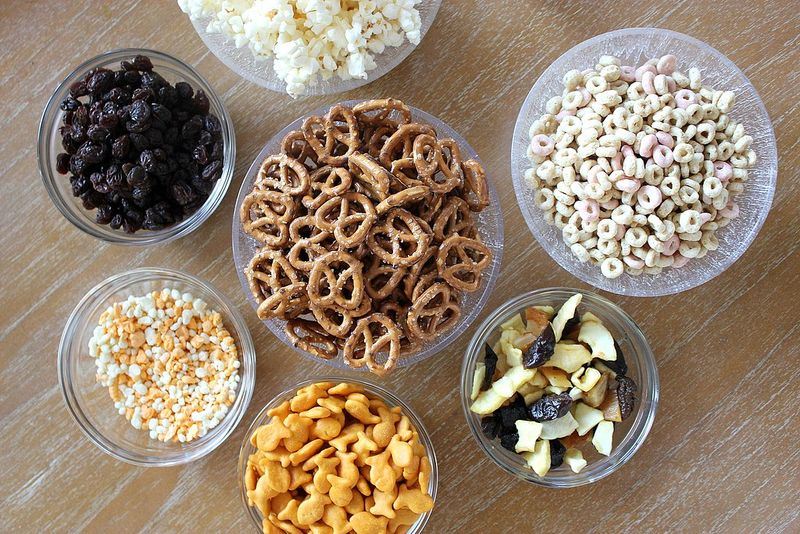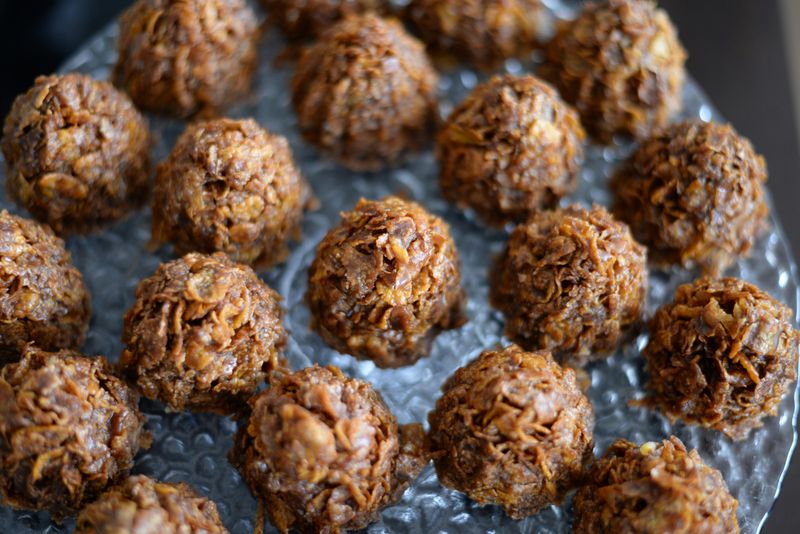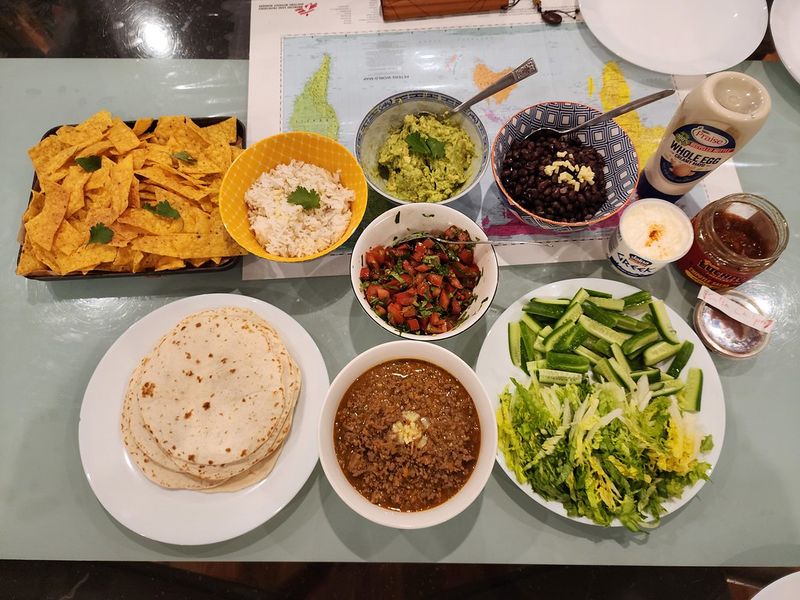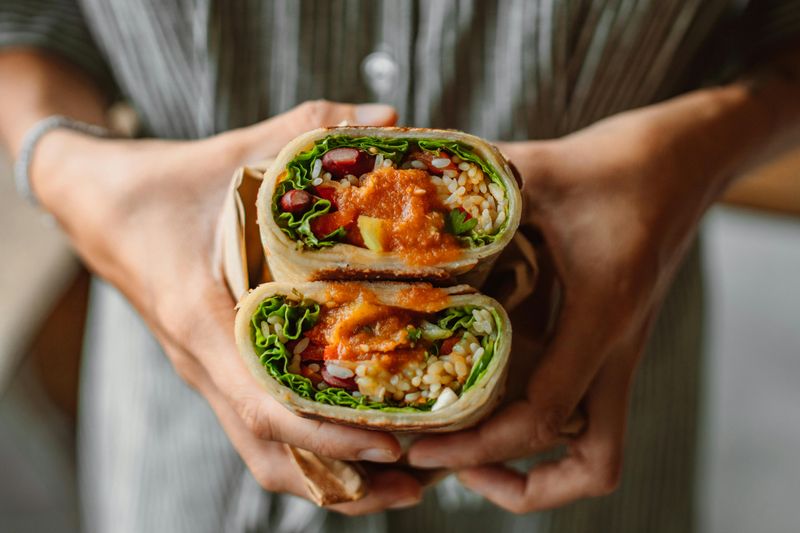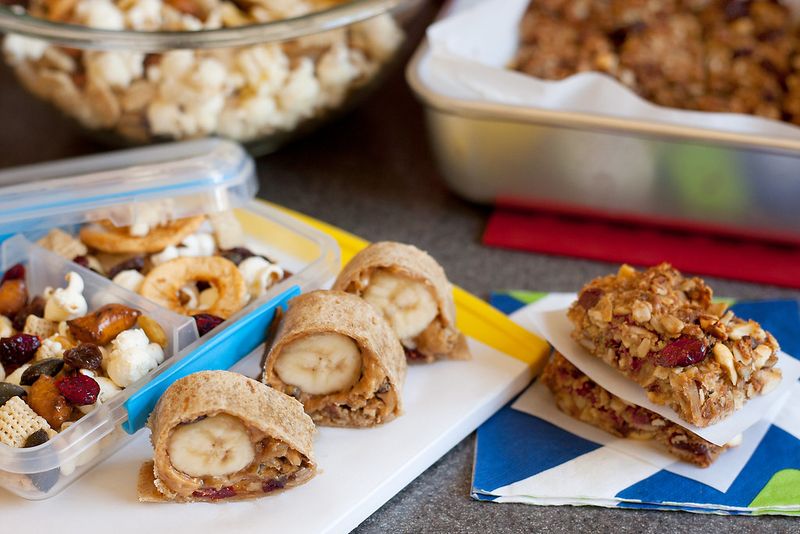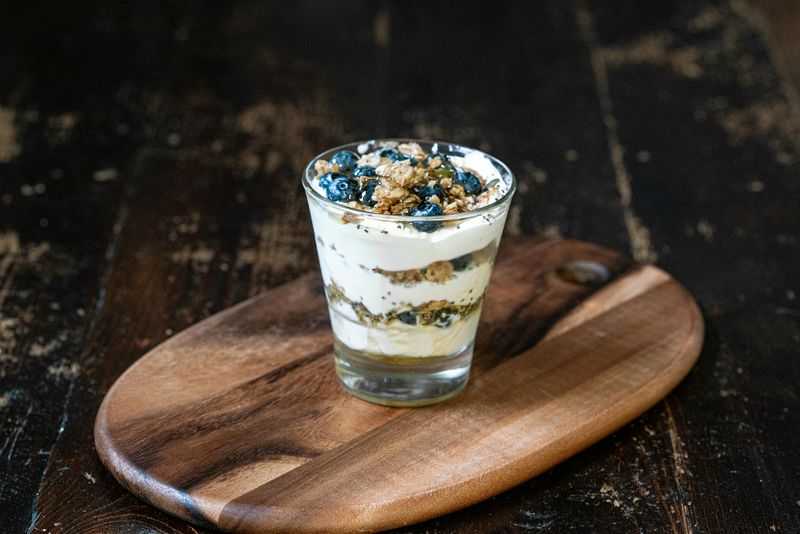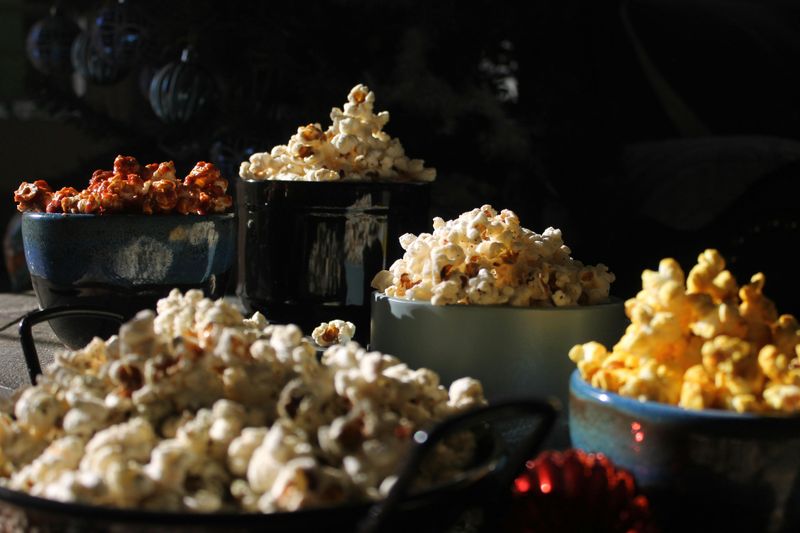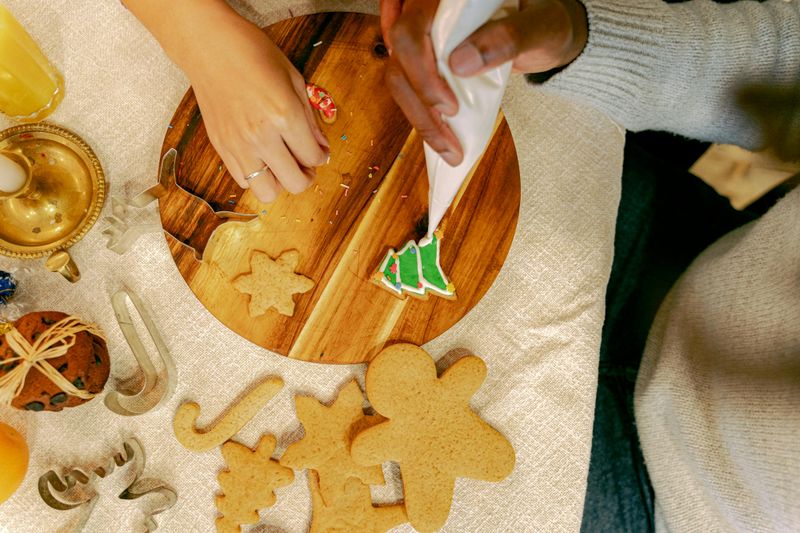Weekend cooking adventures with kids create lasting memories and teach valuable life skills. Getting children involved in the kitchen builds confidence, introduces math concepts through measuring, and encourages trying new foods. Plus, the pride on their faces when they serve something they helped create is absolutely priceless!
1. Mini Pita Pizzas
Transform ordinary pita bread into personalized pizza masterpieces that little chefs will love creating. Kids can spread sauce, sprinkle cheese, and arrange their favorite toppings while learning about healthy food combinations.
The beauty of pita pizzas is their quick cooking time – just 5-7 minutes in a toaster oven or under the broiler. Even preschoolers can participate by tearing basil leaves or counting pepperoni slices.
Set up a pizza bar with colorful bowls of toppings and watch as children experiment with flavors. Some might create silly face designs while others might stack ingredients high for maximum flavor impact!
2. Fruit Kabobs with Yogurt Dip
Colorful fruit skewers make healthy eating an artistic adventure! Children practice fine motor skills while threading chunks of strawberries, pineapple, grapes, and melon onto wooden skewers (use blunt-ended ones for younger kids).
The accompanying yogurt dip adds a creamy element that kids can customize with honey, cinnamon, or a drop of vanilla extract. This simple recipe introduces food preparation basics like washing fruit, cutting (with supervision), and arranging by color or pattern.
For added fun, challenge kids to create rainbow patterns or funny fruit faces on their skewers. The result is a nutritious snack that children feel accomplished for having created themselves.
3. Homemade Trail Mix
Measuring and mixing come together in this customizable snack that empowers kids to create their perfect combination. Start with a base of whole grain cereal, pretzels, or popcorn, then let young chefs add their preferred nuts, dried fruits, and maybe a sprinkle of chocolate chips.
Kids love the independence of scooping ingredients from different containers and watching their mix take shape. This simple activity teaches portion awareness and food combining while producing a snack they’ll actually eat.
Store the finished creation in decorated mason jars or small containers that children can label themselves. It’s a perfect project for rainy afternoons that results in treats for the whole week!
4. No-Bake Energy Bites
Sticky, sweet, and incredibly satisfying to make, these rolled oat balls let kids get gloriously hands-on in the kitchen. The base recipe typically includes oats, nut butter, honey, and add-ins like mini chocolate chips, dried fruit, or coconut flakes.
Young chefs delight in measuring ingredients, watching them combine in the bowl, and then rolling the mixture into bite-sized spheres. The tactile experience makes this recipe especially engaging for children who learn by doing.
Since no heat is required, kids can take ownership of nearly the entire process. The finished energy bites make perfect lunchbox additions or after-school snacks that children beam with pride about having created themselves.
5. DIY Tacos
Taco assembly lines transform dinner into an interactive experience where kids control their culinary destiny! Children can help prepare simple components like tearing lettuce, grating cheese (with age-appropriate tools), or mashing avocados for guacamole.
The real magic happens at serving time when everyone builds their perfect taco. Even picky eaters often try new ingredients when they’re in charge of the construction process.
Beyond the fun factor, DIY tacos teach food handling, introduce Mexican cuisine basics, and create natural conversation around the dinner table. For extra kid appeal, try using smaller-sized tortillas or lettuce cups that fit perfectly in small hands!
6. Rainbow Veggie Wraps
Eating the rainbow becomes a hands-on art project with these colorful tortilla creations! Kids arrange thin strips of bell peppers, carrots, cucumber, purple cabbage, and other vibrant vegetables on tortillas spread with hummus or cream cheese.
Rolling the wraps provides a satisfying finale as children see their colorful ingredients transform into a neat package. Cut the finished wraps into pinwheels for extra visual appeal that makes vegetables irresistibly fun.
This recipe naturally introduces conversations about different vegetable nutrients while encouraging creativity. Many children who normally avoid vegetables will happily munch on something they’ve designed and assembled themselves – a win for healthy eating habits!
7. Banana “Sushi”
Giggles guaranteed! This playful recipe transforms ordinary bananas into mock sushi rolls that kids find hilarious to make and eat. Start with peeled bananas spread with peanut butter or chocolate hazelnut spread, then roll them in rice cereal, coconut flakes, or crushed nuts.
Young chefs enjoy slicing their banana rolls into bite-sized pieces that genuinely resemble sushi. Add strawberry slices as “ginger” and green apple pieces as “wasabi” for an extra touch of authenticity.
Beyond the fun factor, this recipe introduces knife skills (with appropriate supervision) and food presentation concepts. Children delight in arranging their creations on plates and serving them with chopsticks for a complete cultural experience!
8. Breakfast Parfaits
Clear glasses reveal beautiful layers of yogurt, granola, and fresh fruit in this breakfast creation that doubles as a science lesson in stratification. Kids practice careful spooning as they create alternating layers of ingredients, watching their masterpiece take shape with each addition.
The visual component makes parfaits especially satisfying for young chefs. Children can experiment with different yogurt flavors, seasonal fruits, and crunchy toppings like cereal or crushed graham crackers.
For extra engagement, set up a parfait bar where family members build their own morning creations. This simple yet impressive breakfast helps children understand balanced meal components while giving them complete creative control over their morning nutrition!
9. Homemade Popcorn Mix
Starting with freshly popped corn (a fascinating process for kids to watch), this versatile snack becomes a blank canvas for culinary creativity. Young chefs can experiment with different flavor combinations – perhaps a sweet mix with cinnamon and a touch of sugar, or a savory blend with grated cheese and herbs.
Measuring and mixing ingredients teaches basic culinary math while developing confidence. The sensory experience of tossing warm popcorn with toppings engages children fully in the cooking process.
For added fun, kids can divide their popcorn into separate bowls to create multiple flavor profiles. The finished snack works perfectly for movie nights or after-school hunger pangs, with children proudly serving their signature popcorn creation!
10. Decorated Sugar Cookies
A classic for good reason! Sugar cookies provide the perfect blank slate for little artists to express their creativity through food. While adults might handle the dough preparation and baking, children shine during the decorating phase.
Set up stations with different colored frostings, sprinkles, and edible decorations. Cookie cutters in various shapes add another dimension of fun as kids select their favorite forms before the baking begins.
Beyond the obvious artistic benefits, decorated cookies teach patience (waiting for cookies to cool before decorating), fine motor control, and following sequential steps. The pride children feel when presenting their edible artwork to family members makes this activity especially rewarding!
11. English Muffin Faces
Breakfast becomes an art studio with these personified morning creations! Split English muffins form the perfect canvas for edible faces made with fruit, vegetables, and spreads. Banana slices make smiling mouths, blueberries become eyes, and shredded carrots create wild hair.
The beauty of this recipe lies in its flexibility – peanut butter, cream cheese, or hummus can serve as the spreadable base depending on preferences. Kids exercise their imagination while also learning about balanced breakfast components.
For maximum engagement, challenge children to create food faces that express different emotions. This simple activity transforms ordinary breakfast ingredients into memorable morning fun that encourages creativity while ensuring good nutrition starts the day!

